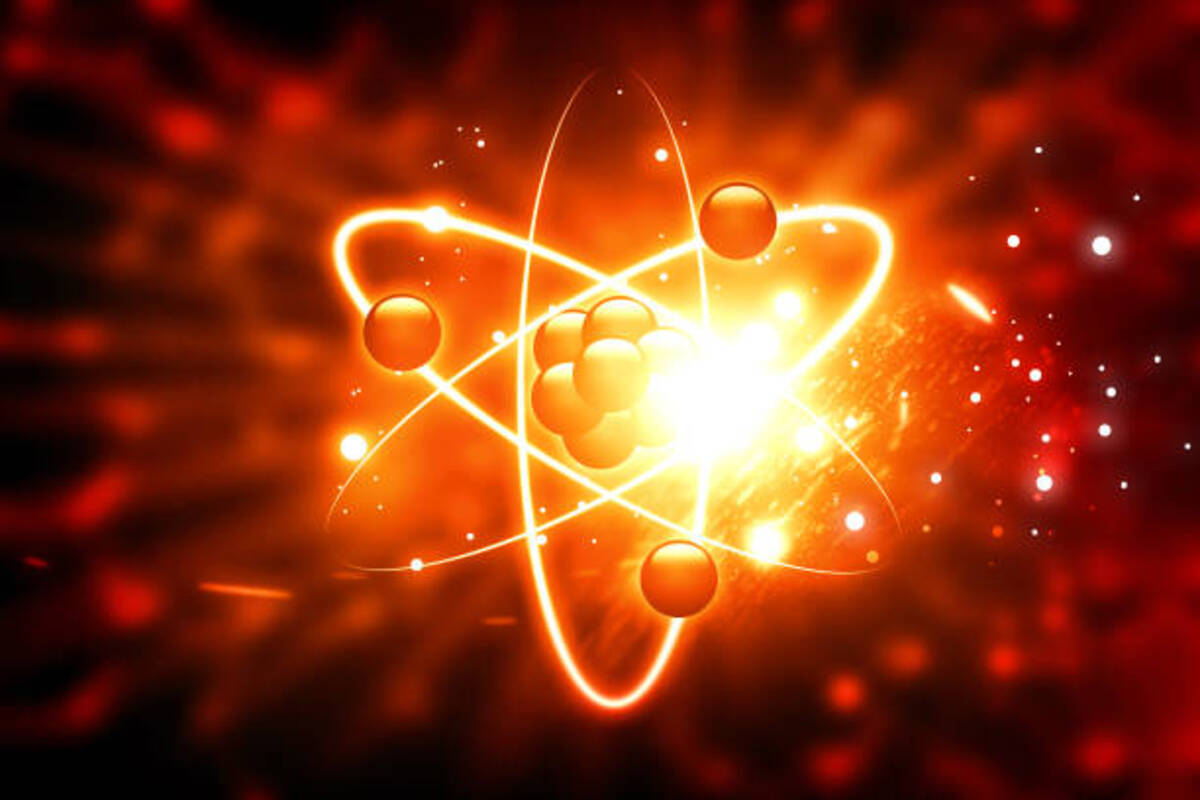Today there was a release of new fusion energy research from American scientists. It says that this kind of energy can go from the lab to commercial electricity production in the ensuing decades. It might aid the effort to slow global warming.
The U.S. Energy Department said that last week, researchers at the Lawrence Livermore National Lab in California for the first time momentarily achieved a net energy gain in a fusion experiment utilizing lasers. It released the energy when two light atoms fused into a denser one by using a laser to target a target fuel.
Sounds complicated, but if fusion powers the sun…
At an Energy Department event, Lawrence Livermore director Kimberly Budil told reporters that commercialization is probably not five or six decades away. She said – it’s rather sooner. According to Budil, decades of research on the underlying technologies could prepare us to construct a power plant with focused effort and funding.
About a century ago, scientists discovered that fusion powers the sun, and they have been working to establish fusion on Earth ever since.
The latest success, according to nuclear physicists outside the lab, will be a significant step forward. But much more research must be done before fusion can be made economically viable.
The energy output of the experiment, according to Tony Roulstone, a nuclear energy specialist at the University of Cambridge, was barely 0.5% of the energy required to initially light the lasers. He says we may claim that this finding is a scientific triumph, but it is still a long way from being usable. We are still far from plentiful, clean energy produced by fusion.
There was applause, but we all expect more
The electricity sector cautiously applauded the move but highlighted that it shouldn’t prevent work on developing other energy transitional technologies. That means green energies including solar and wind power, battery storage, and nuclear fission.
Yet, this is an initial step that says this was not just science fiction, but it is theoretically possible. And yes, this could pave the way for one day using the sun’s fusion process to produce carbon-free electricity as the globe battles climate change.
Although, there are some big concerns with fusion energy that needs to be explained as simply as possible.
What the heck is fusion energy?
On this occasion, we found and open the high school textbook to find a simple explanation. There it says that fusion happens when two light atoms, like hydrogen, are heated to extremely high temperatures of 100 million degrees Celsius. At that point, they combine to form a heavier atom. While this happens, they release a significant quantity of energy.
We also tried to solve the confusion there might be between fusion and fission. The simple textbook explanation is that those two are completely different processes. In cases of fission, a reactor shoots a neutron into an atom of uranium, splitting it into two smaller atoms.
Thus, fusion and fission are opposite.
Now that we know what fusion is, what’s the big news with its energy?
The researchers at Lawrence Livermore National Laboratory used cutting-edge equipment, including one of the largest lasers in the world. They concentrated beams on targets of hydrogen isotopes. These hydrogen isotopes are tiny and smaller than a pea (just for visual comparison). And this resulted in a fusion reaction that, for a brief period, produced more power than it took to start.
Although fusion is still far from producing power on a commercial scale, scientists noted that if the first results are accurate, they reflect advancement in work that has been ongoing for decades.
Will fusion energy help the climate: Bad and good news
The answer to this question was not in the textbook. So, we searched the Internet for a while. The summary answer will be: Potentially. In addition, to significantly increase the energy from fusion reactions, researchers also need to continuously produce them numerous times per second.
The bad news is: It would take enormous efforts to scale up that process to a power plant. Also, it needs to construct plants large enough to provide a sizable portion of the world’s rising electricity demand.
These efforts would necessitate materials, land, and clear laws for the industry. Because this is not a kids’ game. Also, politicians that support the current infrastructure and fuels may be reluctant to quick change.
According to scientists and environmentalists, nations should continue aggressive efforts into the wind and solar power, energy storage, including batteries, next-generation fission power, and other alternatives. This will reduce dependence on fossil fuels. And search for fusion energy development can continue over the course of a decade or potentially much longer.
The good news is this process has the potential to produce less radioactive waste than fission, which is a major advantage.
Money turns the science too
According to the Fusion Industry Association, private enterprises have raised $5 billion from investors. It includes private people, oil companies, and government investment. Eight businesses are attempting to start fusion reactions with lasers, including Focused Energy and First Light Fusion.
The goal of about 15 businesses, including Commonwealth Fusion Systems and TAE Technologies, is to confine fusion fuel in the form of plasma. Plasma is the fourth state of matter with charged particles. Is supposed to be done using powerful magnets. Ten firms are experimenting with other techniques, such as using magnets and lasers together.

